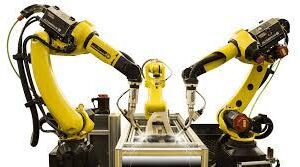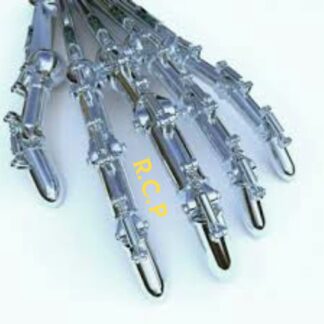Description
Designed by our high tech division Radio Control Products
Both robotic and bionic hands share the ability to mimic the movements of a human hand, but they have some key differences in their purpose and capabilities:
Robotic Hands:
-
- Purpose: Primarily designed for tasks like grasping, manipulating objects, and performing specific functions in industrial or research settings.
-
- Control: Controlled remotely or programmed to perform specific actions autonomously.
-
- Capabilities: Can be very strong and precise, with a wide range of motion and dexterity depending on the design. Often equipped with sensors to detect pressure, temperature, and object properties.
-
- Examples: Used in assembly lines, bomb disposal robots, and surgical robots.
Bionic Hands:
-
- Purpose: Designed to replace a lost human hand and restore function and sensation to amputees.
-
- Control: Often controlled through myoelectric signals from the user’s muscles, mimicking the way a natural hand is controlled. Some advanced bionic hands are being developed with neural control interfaces.
-
- Capabilities: Focus on replicating natural hand movements and providing some degree of sensory feedback. May not be as strong or versatile as robotic hands, but prioritize human-like function and ease of use.
-
- Examples: The Hero Arm, LUKE Arm, and TASKA hand.
Here’s a table summarizing the key differences:
| Feature | Robotic Hand | Bionic Hand |
|---|---|---|
| Purpose | Industrial tasks, research | Replacing a lost limb |
| Control | Remote, programmed | Myoelectric, neural |
| Capabilities | Strong, precise, versatile | Natural-like movement, sensory feedback |
| Examples | Assembly robots, bomb disposal robots, surgical robots | Hero Arm, LUKE Arm, TASKA hand |






Reviews
There are no reviews yet.